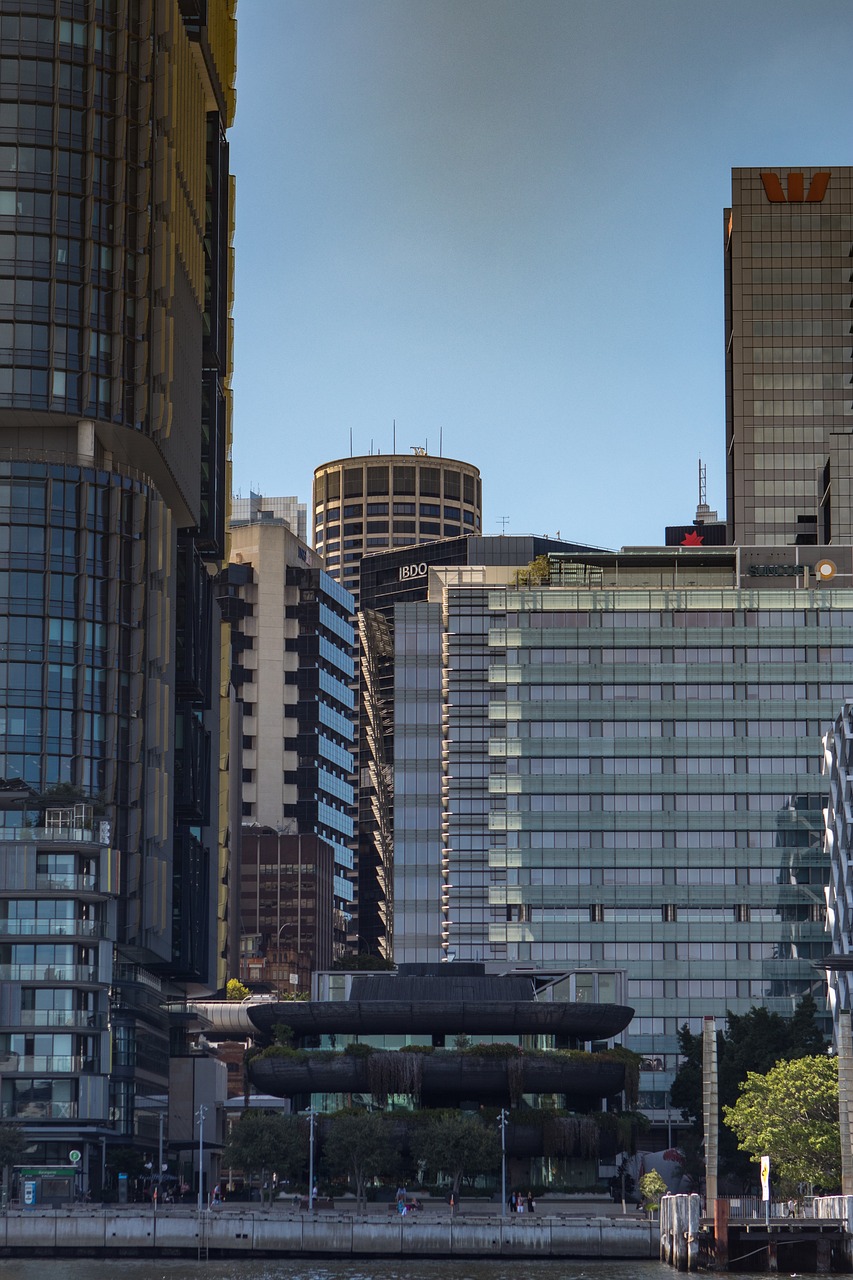There appears to be no relief in sight for Australia’s many renters, who have watched the median smash past $600 early on in 2024.
While the rate of rental price increase may be slowing, it’ll be cold comfort for the nearly one-third of all Australian households struggling with rental payments and the cost of living generally.
The median rent across the nation is now at a record-high of $601 a week, which has risen by over 8 per cent in the last year, nearly twice the rate of inflation.
CoreLogic’s Eliza Owen said there’s three main reasons for runaway rental market.
“There has been a notable decline in the average household size from late 2020, partly driven by a reduction in share housing – meaning more dwellings were needed even when population growth was close to zero in 2021,” she told Australian Property Investor.
“Secondly, a rapid increase in the Australian population from late-2022 as international border restrictions were lifted.
“And then there was a temporary shock to investment housing activity between May 2022 and February 2023 as interest rates rose, and while investor activity has picked up markedly since, there is still a lot of catch up required in establishing new rentals.”
Ms Owen also pointed to the shrinking proportion of social housing that make up the property market adding further pressure to rental prices as well as the declining rate of home ownership as a whole.
As the long queues at rental properties tell you, the proportion of available rentals in Australia has halved since the start of the Covid pandemic and vacancy rates are sitting well below the normal 2-3 per cent.
Real Estate Institute of Queensland’s Antonia Mercorella said there was a bad lack of choice for people in her state looking for a place to rent.
“What we’ve seen over the course of the year, is a rental property pool that’s insufficient and under incredible strain,” she told Australian Property Investor.
“It’s not necessarily that rentals are impossible to find everywhere in our state, it’s the imbalance between the sheer demand and shortage of supply of rentals at certain price points and locations that’s out of kilter.
“Many are finding it’s a lot less hassle to renew their existing lease than to risk re-entering the fast-moving market, especially if they are attached to their area.”
The housing and rental crisis doesn’t look to be going anyway anytime soon, with construction starting on just over 23,000 new houses in the September quarter, the weakest figures in years.
Tom Devitt is a senior economist at the Housing Institute of Australia and said the low number of homes starting construction was a bad sign for the Federal Government’s goals of building 1.2 new homes in the next five years.
“Since the RBA’s first cash rate increase in May 2022, sales of new homes have tumbled,” he told Australian Property Investor.
“A number of earlier projects are also being cancelled, with banks withdrawing finance in the face of soaring building costs and shrinking homebuyer borrowing power.
“This lack of new work entering the construction pipeline is expected to produce a trough in new house commencements in 2024, when Australia will start construction on just 95,400 new houses, the weakest year in over a decade.
“Total detached and multi-unit commencements are at less than 180,000 in 2024, far below the 240,000 per annum required to meet National Cabinet’s target.”



